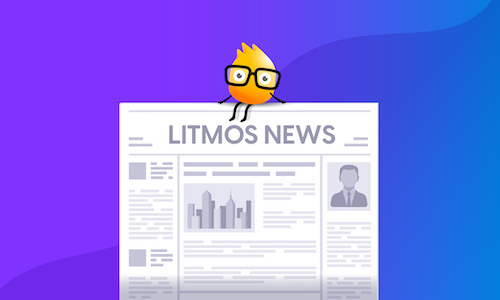Learning still isn’t very learner-centric
Learners are inching closer to the center of learning but still have a way to go.
For the better part of a decade, learning professionals talked about making learning more learner-centric and it’s only increased with the renewed focus on the learner experience. But in terms of actual results, the shift has been much slower than you might believe.
The good news is that we are now much better at aligning learning with business outcomes, actually the first step to creating a great learner experience. We’ve even gotten better at getting learners involved in the process itself, with 63% of companies now including input and feedback from learners in the development of the strategy and 71% of companies incorporating learner-feedback mechanisms in to the design of learning programs.
However, the promise of learner-centrism falls off in the actual execution of these learning programs.
In Brandon Hall Group’s recent study, Exploring the Learner Experience, we found that fewer than half of companies say their learning strategy includes and aligns with learner objectives. Compare that to the 68% who say the strategy includes and aligns with business objectives.
There are other signs that indicate learning isn’t learner-centric yet. Only one-third of companies provide learning recommendations based on what they know about the learners, and only 30% provide learners with a link between learning and their personal objectives.
What this indicates is progress is occurring at one end of the learning spectrum, but not the other. And while they are equally important, an effective, modern learning environment has to be more relevant and contextual than what we are currently seeing. To get learning into the flow of work — making it seamless and continuous — we must be able to tailor it to the audience and the need at hand. Fewer than half of companies say their learning is contextualized based on learner requirements. While it is important to pull in learner feedback and input on the strategy, it won’t accomplish much if we don’t leverage that input, along with everything else we know about the learners.
People now expect a tailored, personalized experience in just about every technology-related interaction they have. If I look up tires on line, I expect to see tire dealers close to where I live. If I give the website a little information about my car, I will see the choices specific to my make and model. If I go on Netflix, I expect to see titles related to what I’ve watched already. There is no reason my experiences at work should be less personal. Organizations already have mountains of data to create a personalized experience, and the idea that they are including learner input into the strategy only adds to that.
It is time for organizations to make learning truly learner-centric. It needs to fit into the daily flow of work, becoming part of the job rather than a separate event. There will always be classes and courses, but without the ability to reinforce those experiences with personalized, targeted opportunities, the time and effort put into creating them is often wasted.
The one thing people want is access to information. We need to make the right information available to the right people at the right time. Contextualization can help cut through the noise and keep people focused on the right things while showing them why it is important to them and the business.
It’s one thing to say that learners are at the center of your learning programs; it’s yet another to actually put them there.




